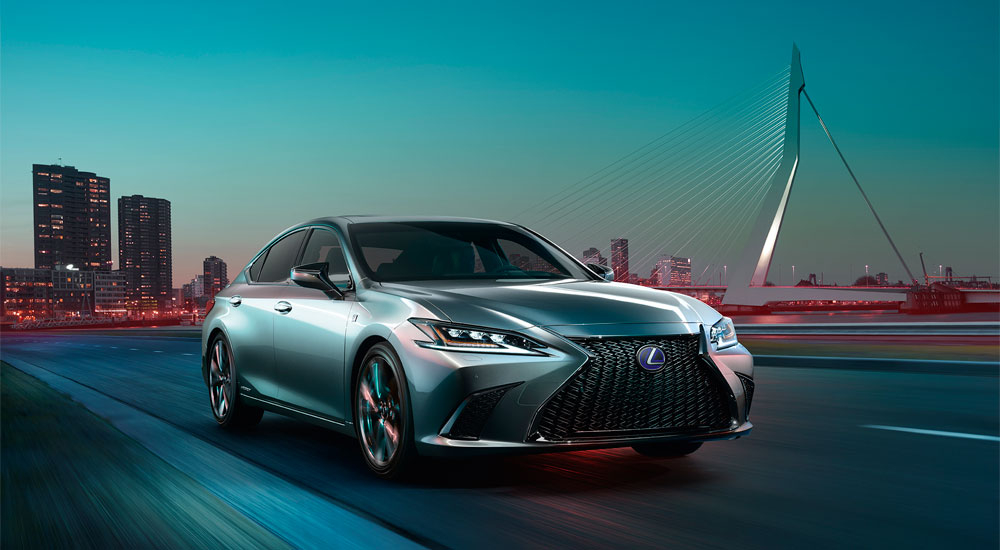Lexus vice-president of marketing Cooper Ericksen discussed the addition of the ES F SPORT model with David E. Zoia of WardsAuto:
“Every car that we introduce, we’re trying to have a version that is more appealing to a younger customer. We feel based on the styling, technology and driving dynamics of that car that it’s going to bring a little bit of a new customer into the ES – and that is going to be a younger customer to the ES line.”
Take rates on F Sport models reach as high as 95% on the RC coupe, Ericksen says. About 40% of IS sedan buyers opt for the F Sport, and initial estimates are as many as 20% of ES sales could go to the performance model.
The ES will rely heavily on value as a primary selling point, as the car is sized like a mid-size sedan but targets the entry-level luxury market — Lexus considers the Cadillac ATS, Acura TLX, Infiniti Q50, BMW 3-Series, Audi A4 and Mercedes C-Class as core competitors:
“In other brands you have to go to a higher price point to get that much room,” Ericksen says, pointing out the ES now offers more legroom than the larger LS sedan. “We have every indication we are going to continue to have a great conquest vehicle on our hands.”
Finally, WardsAuto breaks down global ES sales and the importance of China to the model’s success:
Viewed globally, the new ES appears even more critical to the future of the 30-year-old luxury brand, now sold in 90 countries. Although the U.S. is the No.1 Lexus market worldwide with sales of 305,132 vehicles in 2017, more ES sedans are sold in China than anywhere else. Last year, ES deliveries totaled 60,000 units there, about 10,000 more than in the U.S., accounting for 45% of the 132,000 Lexus vehicles sold in China.


Comments